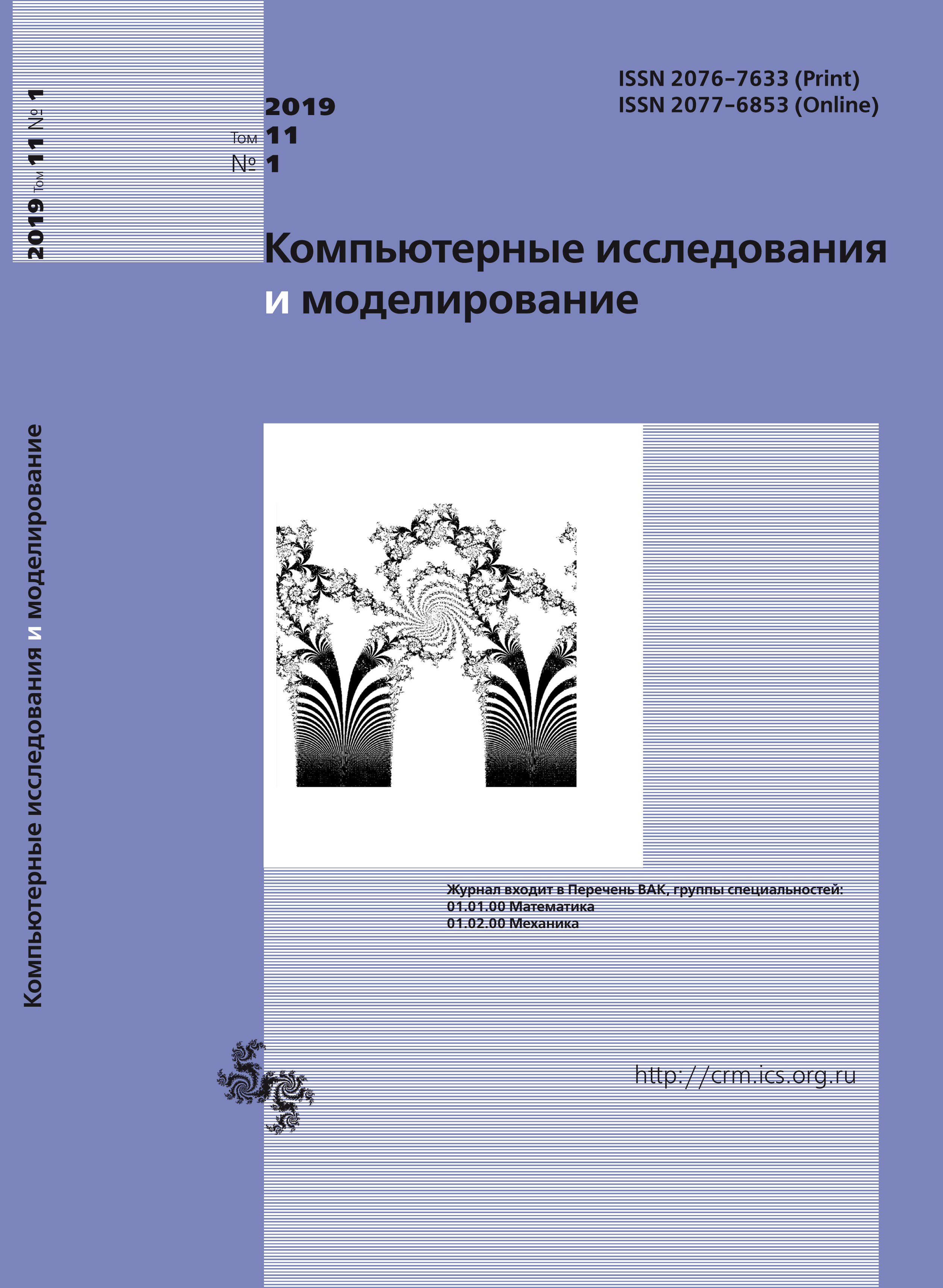All issues
- 2024 Vol. 16
- Issue 1 (special issue)
- 2023 Vol. 15
- 2022 Vol. 14
- 2021 Vol. 13
- 2020 Vol. 12
- 2019 Vol. 11
- 2018 Vol. 10
- 2017 Vol. 9
- 2016 Vol. 8
- 2015 Vol. 7
- 2014 Vol. 6
- 2013 Vol. 5
- 2012 Vol. 4
- 2011 Vol. 3
- 2010 Vol. 2
- 2009 Vol. 1
The model of the rationale for the focus of border security efforts at the state level
The most important principle of military science and border security is the principle of concentrating the main efforts on the main directions and tasks. At the tactical level, there are many mathematical models for computing the optimal resource allocation by directions and objects, whereas at the state level there are no corresponding models. Using the statistical data on the results of the protection of the US border, an exponential type border production function parameter is calculated that reflects the organizational and technological capabilities of the border guard. The production function determines the dependence of the probability of detaining offenders from the density of border guards per kilometer of the border. Financial indicators in the production function are not taken into account, as the border maintenance budget and border equipment correlate with the number of border agents. The objective function of the border guards is defined — the total prevented damage from detained violators taking into account their expected danger for the state and society, which is to be maximized. Using Slater's condition, the solution of the problem was found — optimal density of border guard was calculated for the regions of the state. Having a model of resource allocation, the example of the three border regions of the United States has also solved the reverse problem — threats in the regions have been assessed based on the known allocation of resources. The expected danger from an individual offender on the US-Canada border is 2–5 times higher than from an offender on the US-Mexican border. The results of the calculations are consistent with the views of US security experts: illegal migrants are mostly detained on the US-Mexican border, while potential terrorists prefer to use other channels of penetration into the US (including the US-Canadian border), where the risks of being detained are minimal. Also, the results of the calculations are consistent with the established practice of border protection: in 2013 the number of border guards outside the checkpoints on the US-Mexican border increased by 2 times compared with 2001, while on the American-Canadian border — 4 times. The practice of border protection and the views of specialists give grounds for approval of the verification of the model.
Indexed in Scopus
Full-text version of the journal is also available on the web site of the scientific electronic library eLIBRARY.RU
The journal is included in the Russian Science Citation Index
The journal is included in the RSCI
International Interdisciplinary Conference "Mathematics. Computing. Education"







